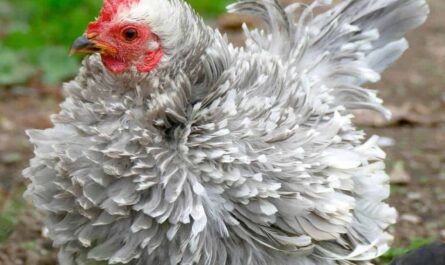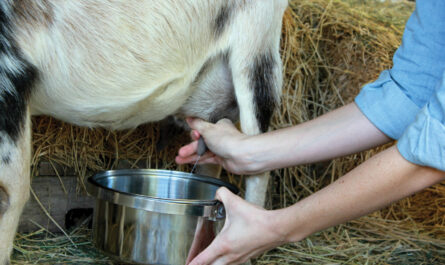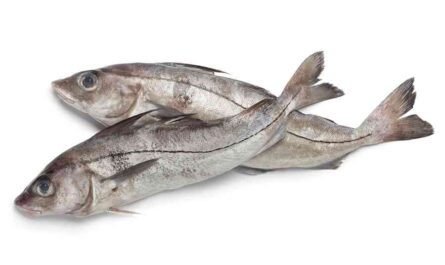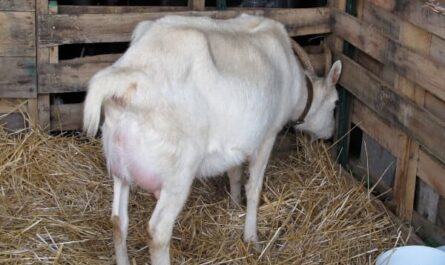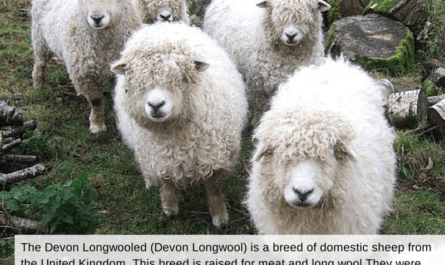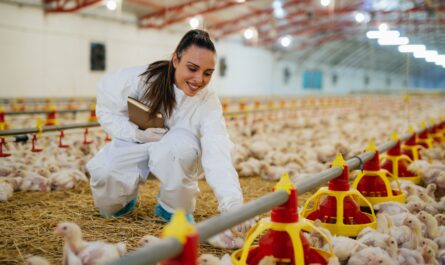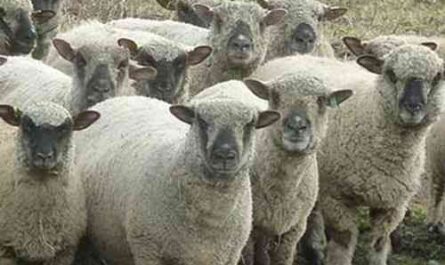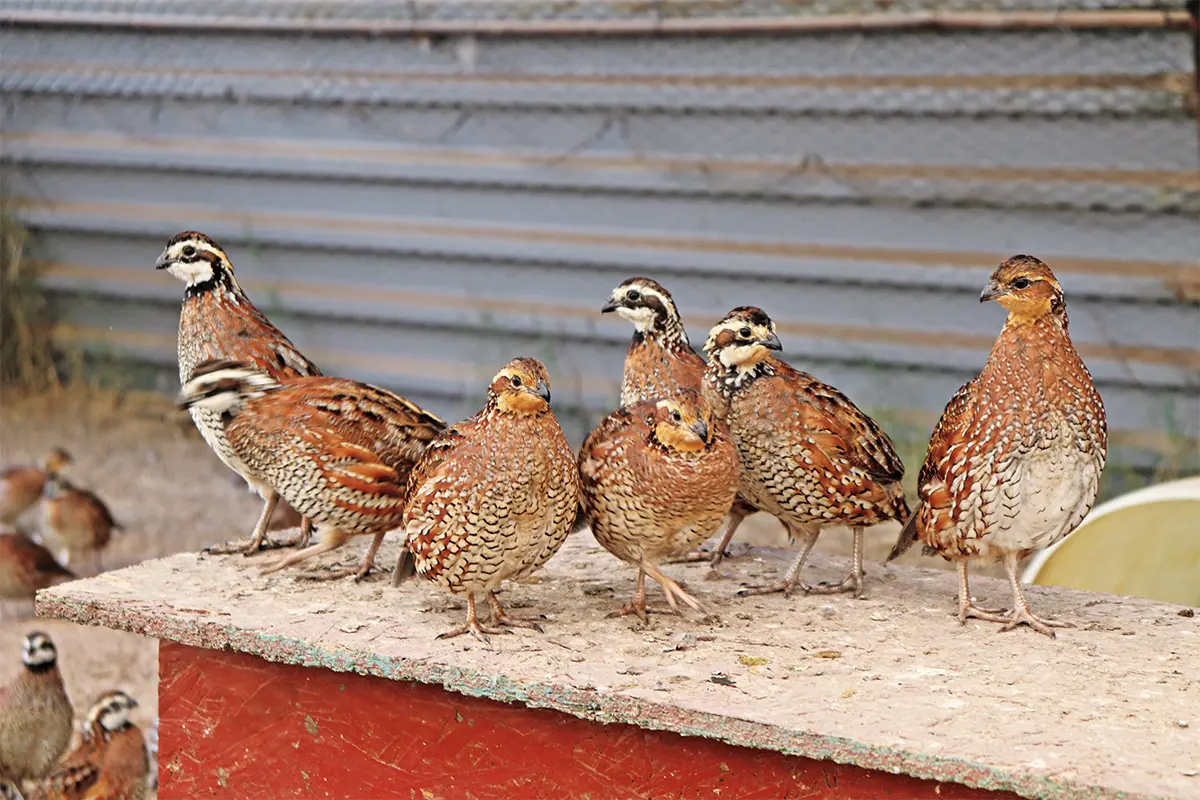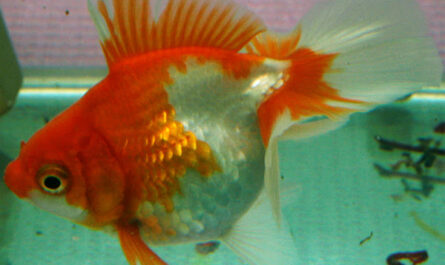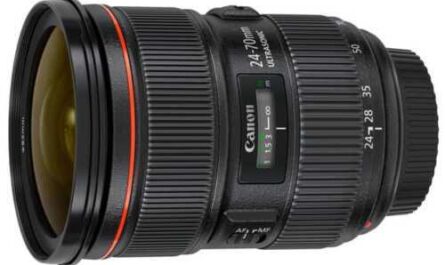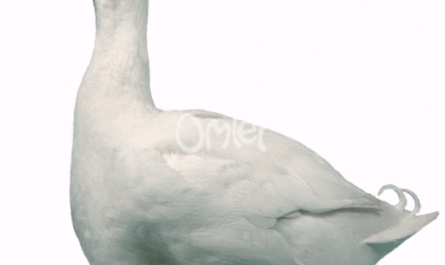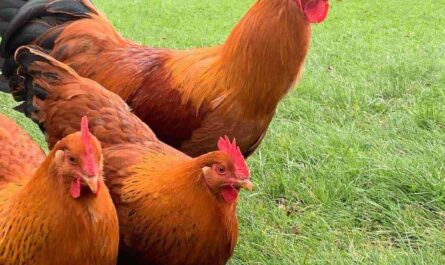The milkfish is a silver marine fish that is the only living member of the family Chanidae. It is also called by many other names such as fish milk, Waves, Ava, Ibia and bolus.
It is the national fish of the Philippines. It is a very ancient species of fish, and the fossils of this family date back to the Cretaceous period (145.5 to 65.5 million years ago).
Milkfish aquaculture originated about 800 years ago in the Philippines and spread to Indonesia, Taiwan and the Pacific.
Traditional milkfish aquaculture is based on stocking ponds by collecting wild fingerlings. And this has led to a wide range of quality and quantity differences depending on the season and the reasons.
Farmers first successfully laid spawning fish in the late 1970s. But they were difficult to obtain and egg viability was unreliable.
The first spontaneous spawning took place in sea cages in 1980. These caviars proved to be sufficient to ensure a constant supply for the farms. Learn more about milkfish below.
Characteristics of milk fish
Milkfish have elongated, almost compressed bodies that are usually symmetrical and streamlined.
The body color is olive green, with silver sides and black-edged fins. It has a single dorsal fin, crescent-shaped pectoral fins, and a large forked caudal fin.
The mouth of this fish is small and toothless. Lower jaw with a small tubercle at the end, which enters a notch in the upper jaw. There is no osteogular plate between the shoulders of the lower jaw.
These fish typically have 13-17 dorsal soft rays, 8-10 anal soft rays, and 31 caudal fin rays. The caudal fin is large and deeply forked, with large flaps at the base in adults.
Milkfish can reach about 1.8 meters in length, but most often no more than 1 meter in length. They reach a weight of about 14 kg. Photos and information from FAO and Wikipedia.
some products
Milkfish generally feed on cyanobacteria, algae and small invertebrates.
In the past, traditional methods of feeding dairy fish in dairy farming were based on natural feeds. Or a combination of macroalgae and phytoplankton encouraged by fertilizers.
However, in the 1980s special commercial feeds were developed for milkfish and these feeds became almost exclusively used.
Currently, feeds are produced commercially as starters, growers, and growers. These feeds are prescribed depending on the stage of production and the age of the dairy fish.
reproduction
Milkfish tend to flock off coasts and islands with coral reefs. Juveniles typically live in the sea for 2–3 weeks, then migrate as juveniles to mangroves, estuaries, and sometimes lagoons.
And they return to the sea to mature and also to reproduce. Females usually spawn at night and lay up to 5 million eggs in shallow salt water.
Breeders mature in 5 years in large floating cages, but can take 8 to 10 years in tanks and concrete tanks.
In general, spawners tend to be smaller than wild-caught adults.
Consequently, early breeders lay fewer eggs than wild adults, but larger and older broodstock produce as many eggs as wild adults of similar size. Broodstock weighing an average of 6 kg and about 8 years old produce 3 to 4 million eggs.
Advantages
Dairy fish is mainly used for food. It is a very tasty and highly demanded fish in the market.
Special Notes
Dairy fish are euryhaline, stenothermic fish. They can be grown in brackish, fresh and marine waters.
But they can only be grown in the tropical and subtropical waters of the Indian and Pacific oceans, where temperatures exceed 20°C.
They usually live in tropical marine waters around the island and along the continental shelves at a depth of 1 to 30 meters.
They also often enter estuaries and rivers. Dairy fish are long-lived and can live up to 15 years.
Milkfish is a very important seafood in Southeast Asia and some Pacific Islands. It is very popular in the market because it is known to be much more bony than other food fish.
Usually they catch and sell fish weighing 200-400 grams. Dairy fish is generally sold fresh or chilled, whole or deboned, frozen or processed. However, check out the full dairy fish breed profile in the table below.
| Last name | Hanos |
| Kingdom | animal |
| phylum | chords |
| To classify | Actinopterygia |
| order | gonorhynchus |
| A family | Milkfish |
| Gender | Milkfish |
| see | K.chanos |
| Binomial name | Chanos Chanos |
| Other names | Also known as Bandeng, Bangos, Ava, Ibiya and Bolu. |
| Purpose of the breed | Mainly food |
| Special Notes | Economically very important species of fish from South Asia, very tasty, very popular in the market, this fish can be cultivated in brackish, fresh and marine waters, long-lived fish. |
| Breeding method | natural and artificial |
| The weight | Usually harvested when they reach 200-400 grams on commercial farms, but can reach 14 kg. |
| Type of water | Brackish water, fresh water and sea water |
| climatic tolerance | native climate |
| skin color | silver |
| scarcity | general |
| Availablity | South Asia |
